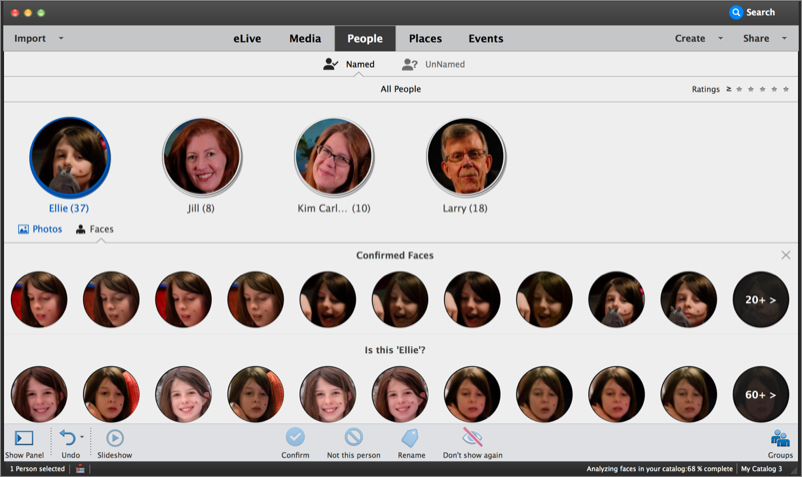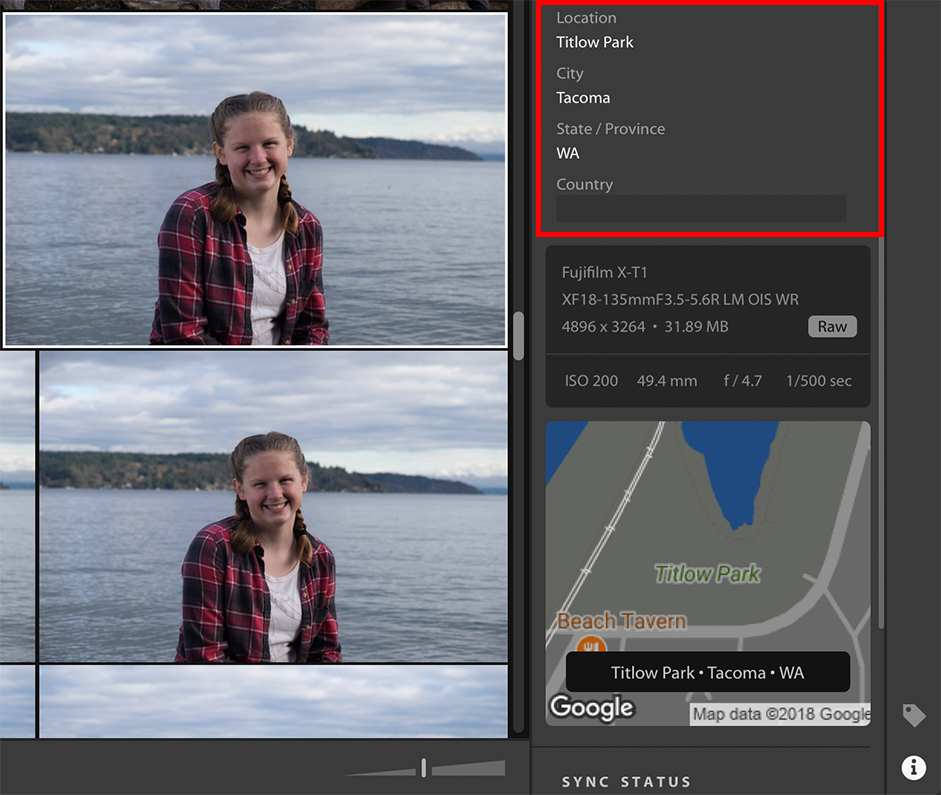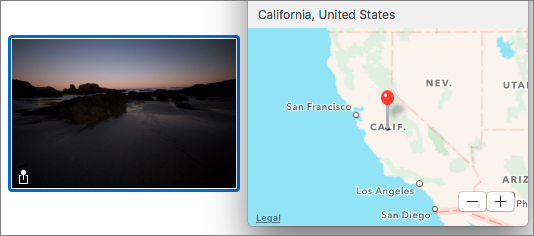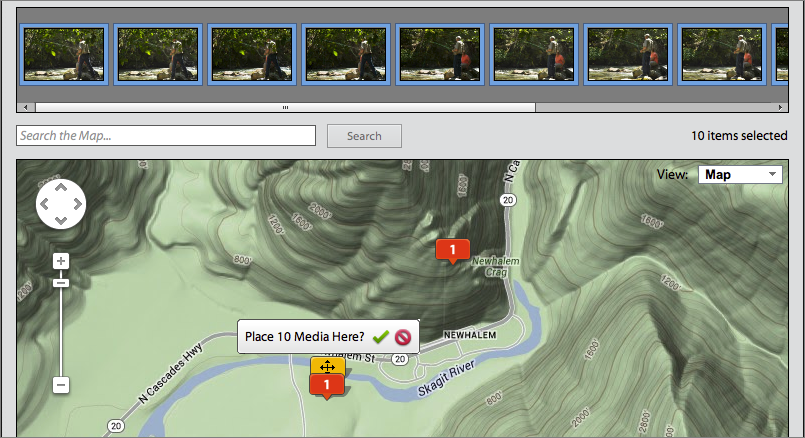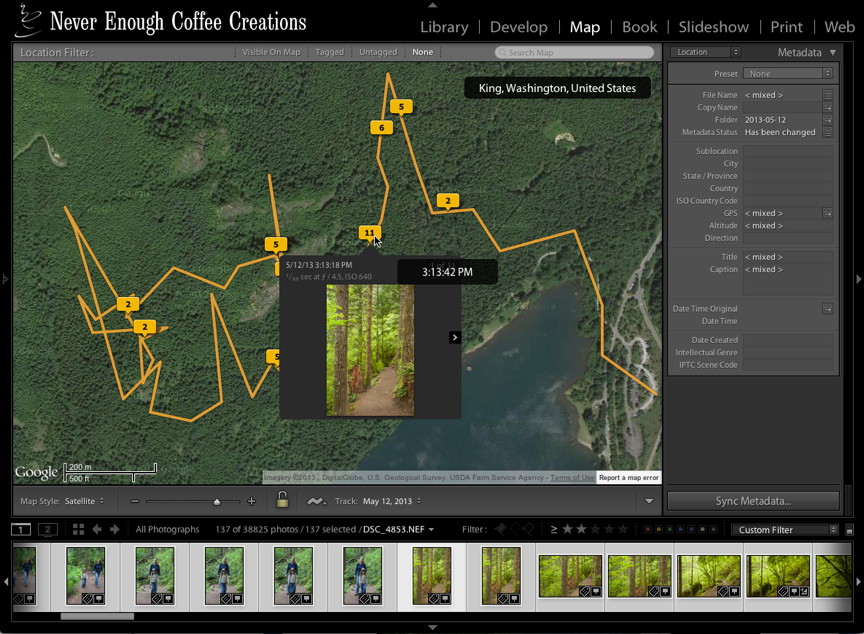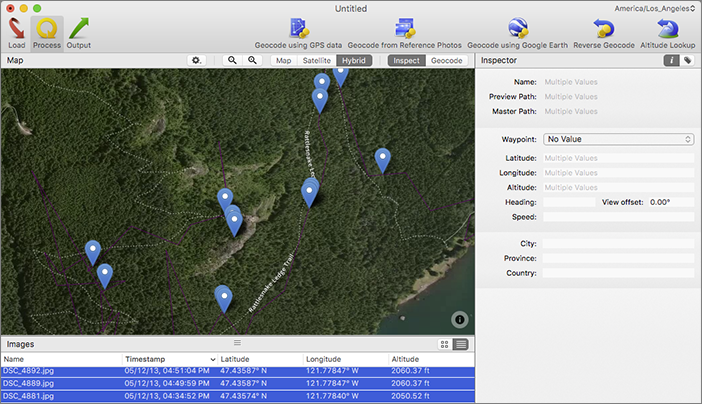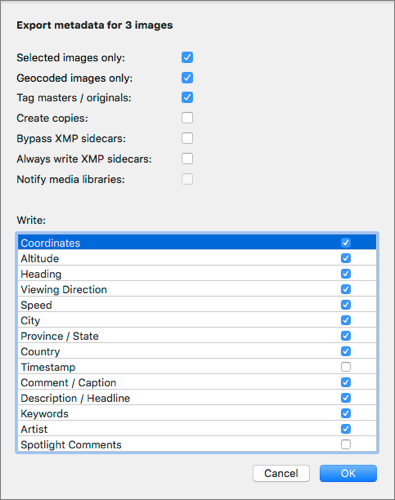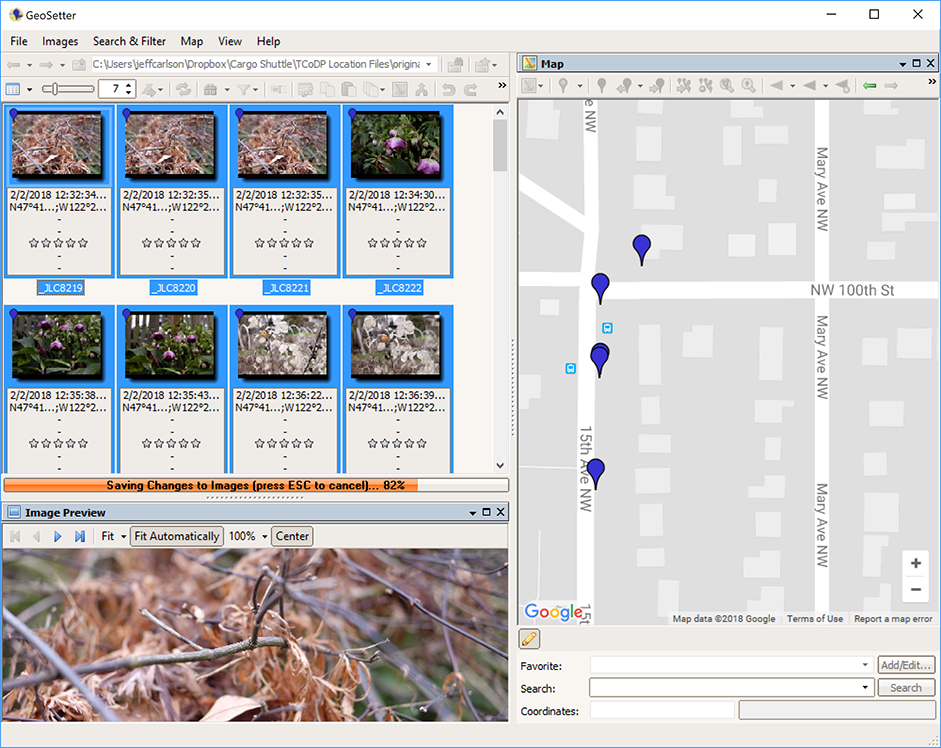Assign Keywords and Other Metadata
When my wife and I moved into our house, we repainted most of the interior walls. It was a time-consuming task, but not because of how much wall space needed covering. Splashing color on the wall was the easy part. Taping around windows, preparing the room, and then touching up the edges and corners took much more time.
In Import Your Photos the Smart Way I talked about adding metadata during the import process because, to me, that’s the easiest way to apply it. Assigning keywords and other information during that initial stage takes some prep time, but when you click the Import button, the metadata is applied with a broad brush across all your incoming photos. (It’s like handing a paint roller to a capable assistant while you supervise, preferably with a beverage in hand.)
After import, though, you have touch-up work to do. To make your photos easily searchable later—the ultimate goal in our organization project—you need to apply more-specific metadata to individual photos. This might include identifying people and landmarks, or describing shots.
In this chapter, I look at how to choose good keywords and how to apply them smartly. I also discuss how to fix incorrect dates and times, apply geolocation information, and use facial-recognition tools.
Assign Metadata
Your camera embeds all sorts of metadata, such as the shutter speed, aperture, and focal length, into photos. You’ll rarely search for photos based on those criteria, though. What your photos really need is a sense of context—and only you can provide that.
Although you can add descriptive information in several ways—including image titles and captions—I’m focusing on keywords in this section to streamline the process. Writing a title and caption for every image would slow your progress—and increase the chance that you’d abandon the effort altogether—because you end up writing original content for each photo.
By focusing on keywords at this stage, you can refine the metadata in batches as you work, so you save time. Think of it as building a pyramid of image information (Figure 28).
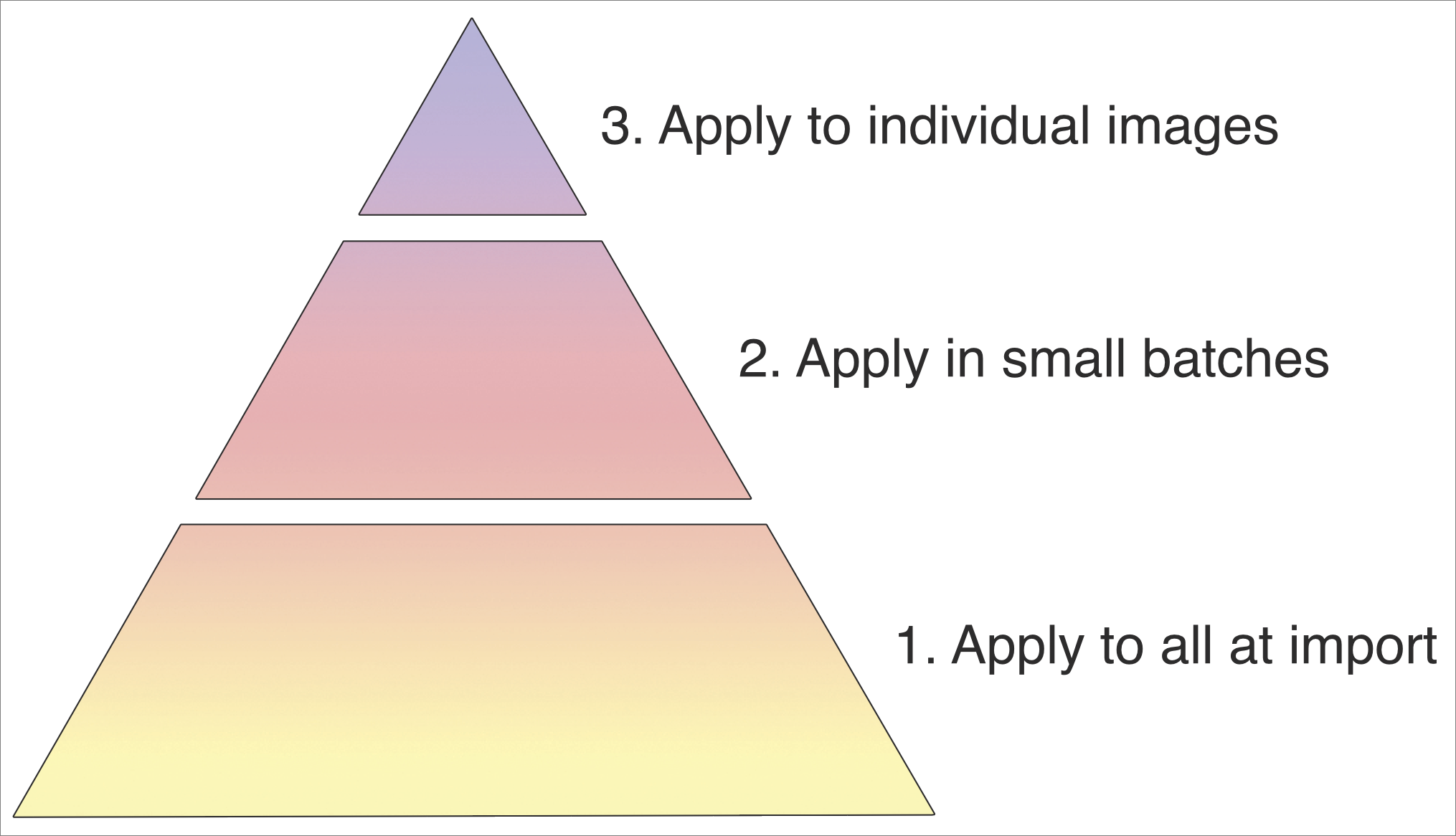
Build up, starting with keywords that apply in general, and then proceed to more specific keywords:
During the import stage, assign keywords that apply to every photo in a set, laying down a foundation of metadata.
In another pass, assign common keywords to smaller batches of images; for example, maybe all the imported photos were taken at Disneyland, but only a couple dozen are from the Tomorrowland section. You can add a
tomorrowlandkeyword to all those images in one step, versus tagging each shot as you encounter it.Lastly, customize select photos individually by writing titles and captions and applying any additional keywords. I tend to add this level of metadata only to images I rate highly or share online.
Choose Good Keywords
Keywords add searchable context to your shots—but which keywords should you use? Unfortunately, there’s no universal list of accepted terms. You have to anticipate what you or someone else will be searching for in the future. Generally, that falls into two categories:
Keywords that describe the contents of a photo. For example, the photo in Figure 29 could include
boats,seattle,reflection,bay,fog, andshilsholemarina(the name of the setting). You may want to add further information such assunset,clouds,pinksky,dock, and others.
Figure 29: A sunset at Seattle’s Shilshole Bay Marina. Keywords that describe the type of photo. That could include
landscape(describing both the category and the orientation) in this case. Other images could includenature,macro,people, orblackandwhite(as well as variations such asbwandblackandwhite) that describe those characteristics of the photo independently from its contents. (Since nearly everything is shot in color, I wouldn’t tag something withcolor; black-and-white is its own photographic category.)
Feel free to be generous with your application of keywords. There’s no downside to applying multiple keywords to an image—so long as you have the time—and you can later use that data to pull results from simple text queries. Typing marina in a Search field, for example, narrows the selection of photos to those that contain the word in any metadata field—including keywords (Figure 30). Those keywords also travel with the photo when it’s uploaded to an online service such as Flickr or 500px, so anyone searching for that term will bring up your image.
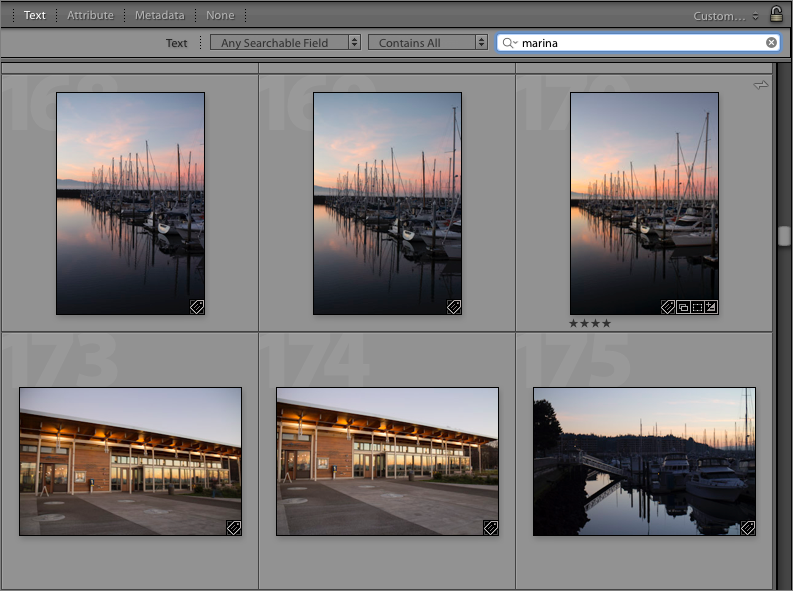
You don’t need to go crazy and describe every last detail, however. For example, here are the keywords assigned to a photo of Apple CEO Tim Cook (and me—yes, I’m showing off) that’s available for licensing by Getty Images (Figure 31):
Event, History, Business, Finance, Technology, Horizontal, Waist Up, USA, New, California, Apple Computers, San Jose - California, Merchandise, Digital Tablet, iPad, Corporate Business, Tim Cook - Business Executive, iPad Mini
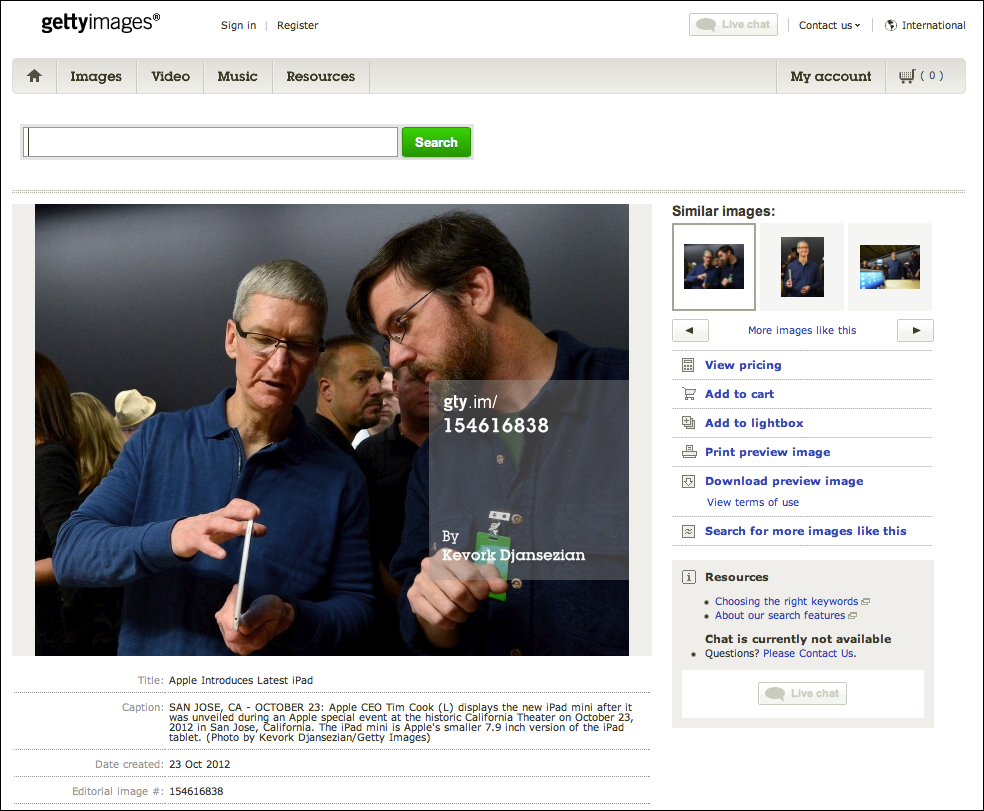
With a handful of keywords, the photographer (or editor) hit the important terms that customers, in this case primarily news outlets, would be searching for (though I’m a little put out that my name isn’t among them). If professional photo companies don’t need to append an extensive list of keywords to their images, the same applies for anyone’s personal library.
Apply Keywords
It’s easy enough to add keywords or other metadata to an individual photo: type it into the associated fields in the software’s Info or Metadata pane. But a better approach is to add the data to several photos simultaneously.
Adding Keywords in Lightroom Classic
In Lightroom Classic, add metadata in the Library module:
Select the photos you wish to edit.
Click the Keywording disclosure triangle to reveal the Keyword Tags field.
Type the words you want to add in the field labeled “Click here to add keywords,” and then press Return (Figure 32). You can also click any term in the Keyword Suggestions and Keyword Set areas.
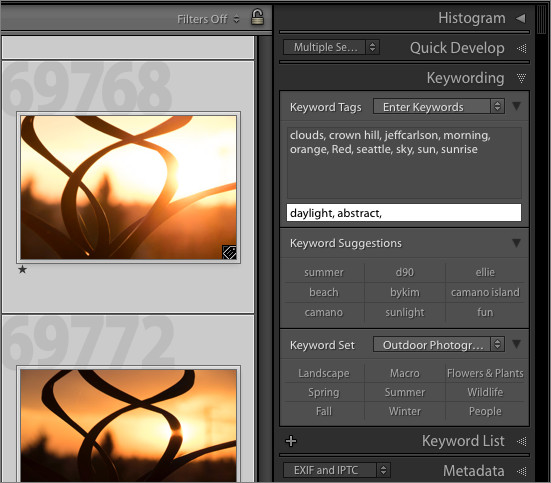
Figure 32: Adding keywords to selected images in Lightroom.
Adding Keywords in Lightroom CC
Keywording in Lightroom CC is pretty basic, but that makes it easier.
Select one or more photos in the Grid view.
Click the Keywords
 button to open the Keywords panel (or press the K key).
button to open the Keywords panel (or press the K key).In the Add Keyword field, type the terms you want, separating each by a comma or by pressing Return (Figure 33).
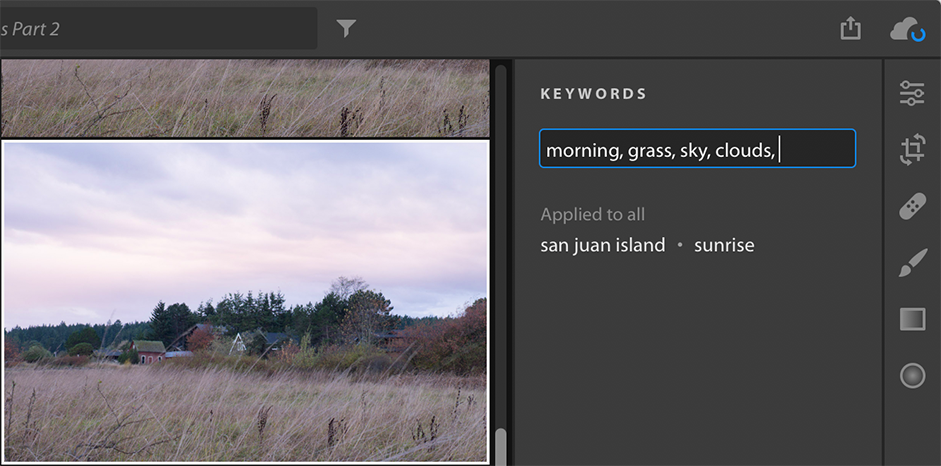
Figure 33: It’s much faster to write all your keywords in one line, separated by commas. Click the Keywords
 button again to close the panel.
button again to close the panel.
Adding Keywords in Photos for Mac
In Photos for Mac, you can quickly apply keywords in the Info window:
Select the photos you want to edit.
Choose Window > Info (⌘-I) to reveal the Info window.
In the Add a Keyword field, type the terms you want to add, separating each by a comma or by pressing Return (Figure 34).
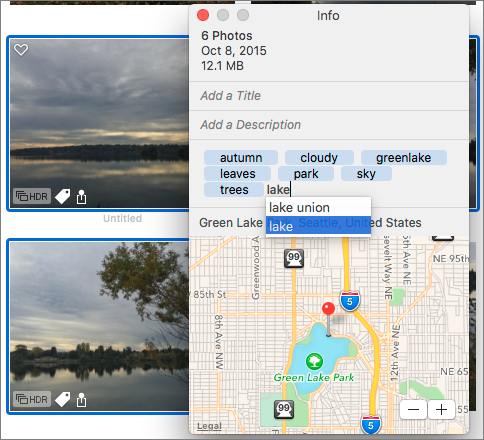
Adding Keywords in Photoshop Elements
Keywording photos in Elements happens in the Elements Organizer application:
In the Elements Organizer, select the images you wish to edit.
Click the Keyword/Info button at the bottom right to reveal the Tags pane.
In the Image Tags area, type keywords in the Add Custom Keywords field, separating the terms with commas (Figure 35).
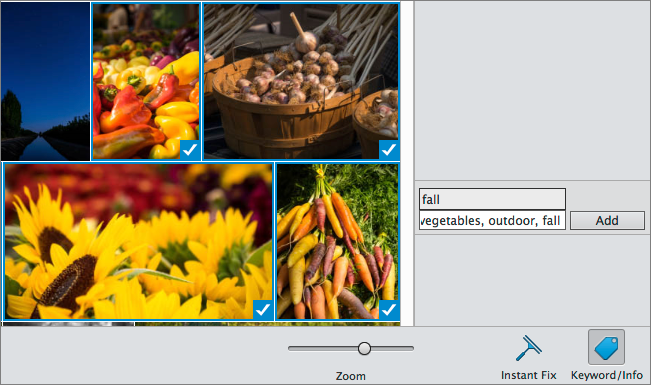
Figure 35: Adding keywords to a batch of images in the Elements Organizer. Press Return or click the Add button.
If you want to edit other metadata, click the Information button and then click Edit IPTC Information (this button appears when multiple images are selected). Enter the data you want in the Edit IPTC Information dialog and then click Save.
Fix Incorrect Dates
In Shoot Smart, I stressed the importance of making sure your camera’s clock is set to the correct time. If it’s offset—often because the Daylight Saving Time setting wasn’t set properly—you can end up with photos out of order in your library.
This inconvenience is common enough that photo management programs include features for dealing with it. Running through the applications, here’s how to wield a little control over time.
Lightroom Classic:
Select the photos you want to fix.
Choose Metadata > Edit Capture Time.
In the dialog that appears, choose a method of time-shifting: Adjust to a Specified Date and Time, Shift by Set Number of Hours (Time Zone Adjust), or Change to File Creation Date for Each Image (Figure 36).
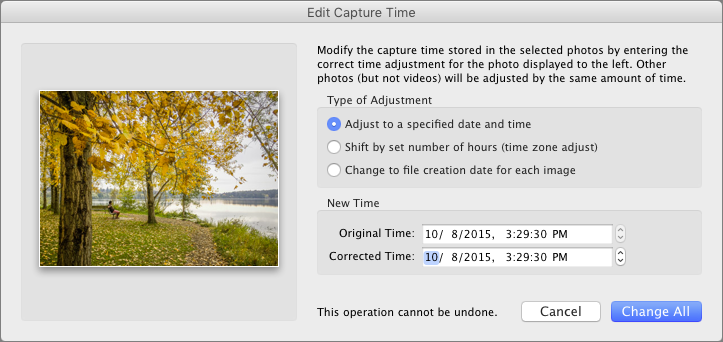
Figure 36: Correcting the capture time in Lightroom Classic. For the first or second option, the shots still retain their relative times. For example, if one photo has a capture time of 10:00 and the next photo was captured 1 minute later at 10:01, changing the first shot’s time to 9:50 would give the second photo the time of 9:51.
The third option—changing to the file creation date—reads the original timestamp from the file on disk.
In the bottom area, set the time you want. Click Change All.
Although the dialog ominously states that “This operation cannot be undone,” that’s not exactly true; it simply means that the Edit > Undo command won’t work. Choose Metadata > Revert Capture Time to Original to go back.
Lightroom CC:
Select the photos that need changing.
Click the Info
 button to open the Info panel.
button to open the Info panel.Click the Shift Date Range
 button next to the Captured date value.
button next to the Captured date value.In the Shift Date Range dialog, set a new time or date (Figure 37); if multiple photos are selected, they’ll all shift relative to the value you enter.
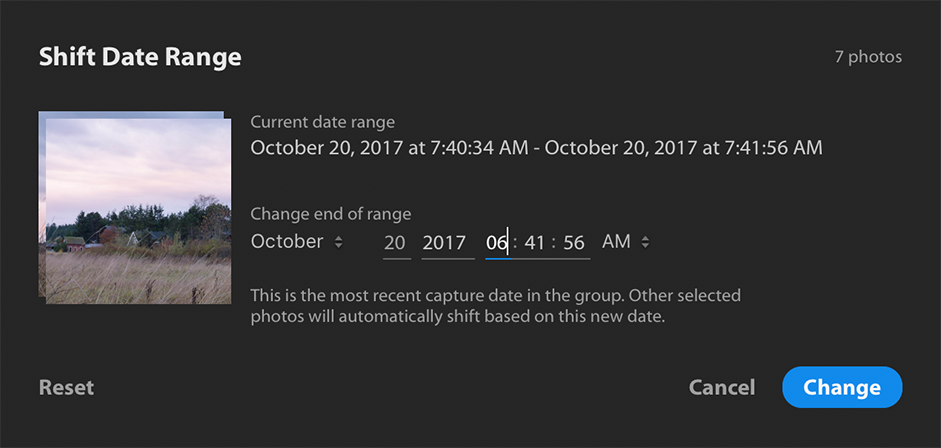
Figure 37: Shifting the capture time in Lightroom CC. Click Change.
Photos for Mac:
Select the photos you want to change.
Choose Image > Adjust Date and Time.
In the dialog that appears, make a change in the Adjusted field (Figure 38). If you were shooting in another time zone and want to adjust for that difference, you can use the map at the bottom of the pane to pick the right location.
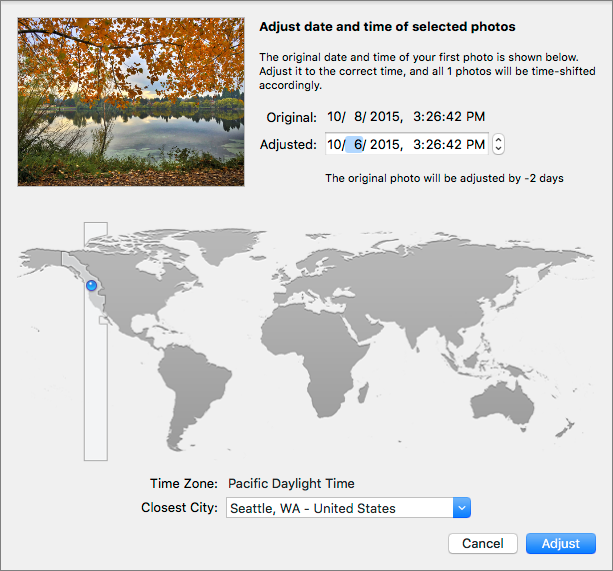
Figure 38: Changing the time in Photos for Mac. Click Adjust to make the change.
Fixing dates in Photoshop Elements:
Select the photos you want to change.
Choose Edit > Adjust Date and Time of Selected Items.
In the dialog that appears, pick a method: Change to a Specified Date and Time; Change to Match File’s Date and Time; Shift to New Starting Date and Time (only if multiple photos are selected); or Shift by Set Number of Hours (Time Zone Adjust).
Click OK.
In the next dialog (which varies depending on which option you chose), enter a new time, date, or hour adjustment (Figure 39). If you opted to match the file’s date and time, there is no second dialog because the Organizer reads the information from the file on disk.
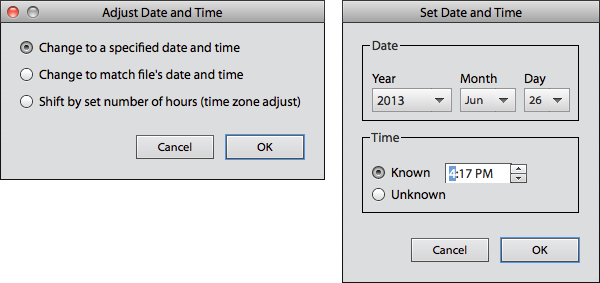
Figure 39: The Elements Organizer’s two-step dialog dance. Click OK to finish.
Use Facial Recognition
Facial recognition seems like something out of science fiction, even though it’s been in use for years. The process works the same in most programs: the software detects shapes that are face-like (oval, flesh-colored, with similar areas for eyes, noses, and mouths) and then compares the shapes with other faces already in its library to guess at people’s identities. Modern facial recognition does a surprisingly good job at matching faces and falls into a workflow category that I love: the computer is doing the work.
Identify People in Your Photos
In an earlier edition of this book, I advocated disabling facial recognition, since it didn’t provide much more benefit than assigning keywords and tended to make the apps sluggish. Since then, Apple’s implementation in Photos for Mac is vastly better than iPhoto’s or Aperture’s ever was, and Adobe incorporated the feature in Lightroom Classic (but not yet Lightroom CC), making facial recognition a more useful part of the photo management workflow. I wouldn’t say it’s a necessary tool, since it does require some time to set up, but the dividends it pays later when you’re searching for people (especially in older photos that you may not have tagged) are worth it.
In each app, the computer finds photos that contain faces and asks you to identify the people. It then recognizes them in other images, making it easy to quickly bring up all photos in which a specific person appears, regardless of where in the library the images are stored.
Facial Recognition in Lightroom Classic
The People feature in Lightroom Classic is surprisingly hidden—perhaps to get it out of the way for people who don’t want to use it. Choose View > People, or press the O key, to view the People interface.
Lightroom finds faces and displays them under the Unnamed People heading. To identify someone, do the following:
Select a folder, collection, or subset of your catalog in the sidebar at the left side of the screen.
Select a person’s thumbnail and click the “?” label below it.
Type the person’s name and press Return (Figure 50).
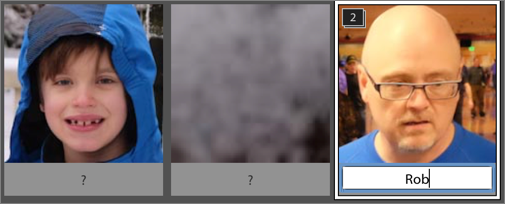
Figure 50: Identify a person in Lightroom.
Any photos that match the same person’s face are grouped in the Named area. You’ll no doubt find more unnamed pictures of the same person; when you identify them, Lightroom’s recognition improves.
Under the Named People heading, double-click a thumbnail to display every confirmed image of the person, followed by a list of suggested matches (Figure 51). Click any thumbnail to select the full photo, or double-click to open the photo.
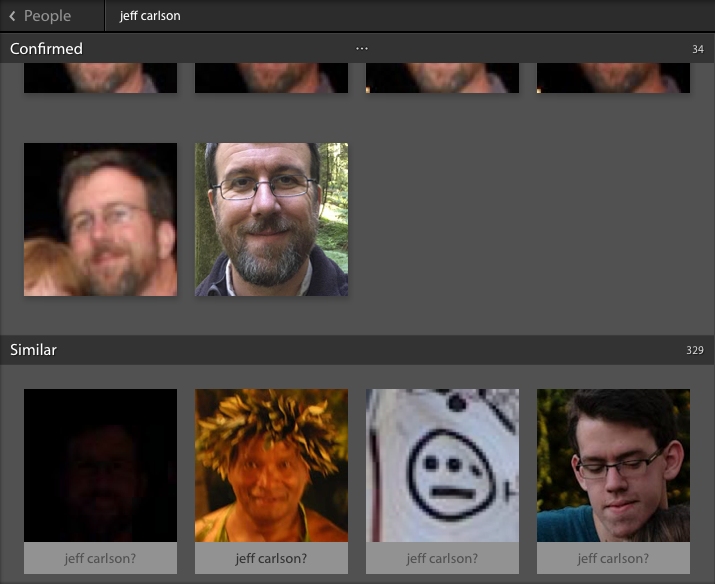
Facial Recognition in Photos for Mac
In Photos, people identified by facial recognition are found in the People album (Figure 52). Select People in the sidebar to view faces the application recognizes (in the top portion of the main pane), as well as unknown faces that need your input (at the bottom of the main pane).

To identify people that Photos has suggested, do this:
Position your pointer below a person’s thumbnail, which reveals the Name field.
Click the field and type a person’s name. Photos looks in your Contacts database for possible matches; select one and press Return.
If the person appears in other images, Photos brings up a dialog asking you to confirm it’s them (Figure 53). Mark the ones that are, and click Done.
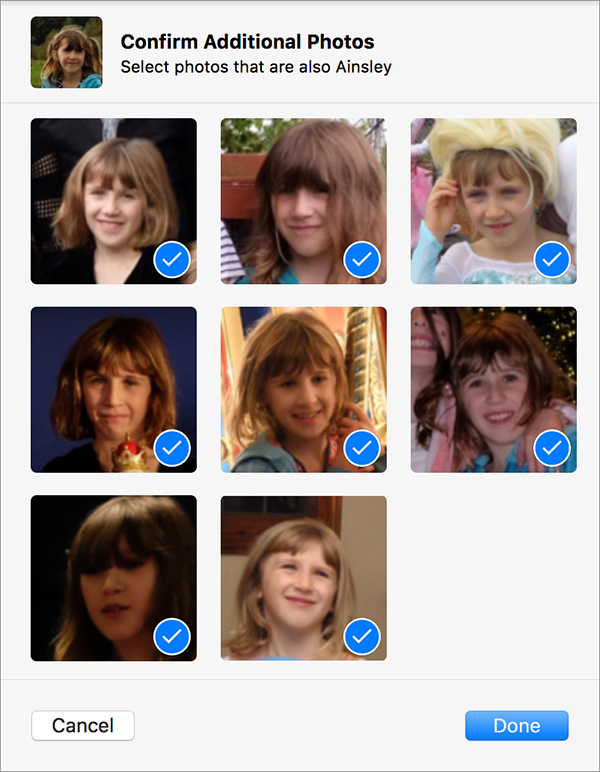
Figure 53: Checking for other person matches.
You can also identify that person in other photos later. Double-click a person’s thumbnail to view all the confirmed photos containing them (Figure 54). Double-click one to go to that particular photo. Click the Photos button in the top-right corner to view full photos, or click Faces to view thumbnails containing just the person’s face.
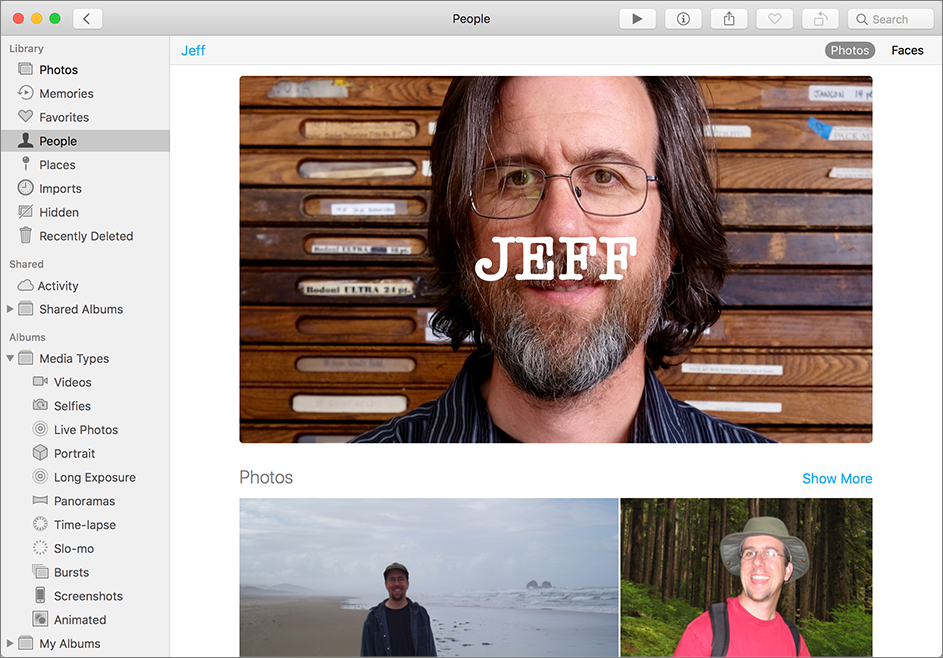
Photos initially shows a subset of all photos; click Show All (located below with slideshow) to reveal all matches. To find other possible matches, scroll to the bottom of the window and click Confirm Additional Photos.
Facial Recognition in Photoshop Elements
I must say, I like the way Photoshop Elements 14 and later handles faces in the Organizer compared to earlier versions. To identify people, do the following:
Click the People tab.
Switch to the UnNamed (sic) pane to see which faces Elements has located. In an attempt to not overwhelm you, only people who appear in several images appear. To see everyone, turn off the Hide Small Stacks option.
Select a person’s stack to reveal the photos in which they appear.
If any of the images are incorrectly identified, select those to exclude them.
Click the Add Name label and type the person’s name (Figure 55). Press Return or click the Accept (√) button. That person now appears in the Named pane.
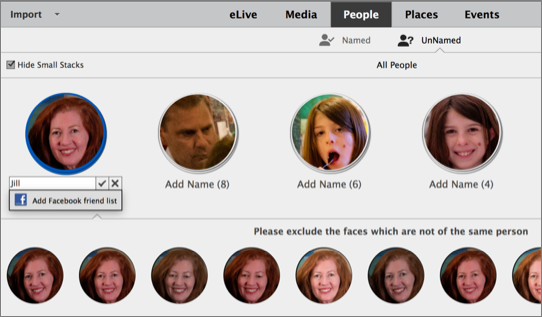
Figure 55: Name a person in Photoshop Elements.
To locate photos containing people you’ve identified, click the People tab and then the Named button. (Figure 56). Click the Photos button that appears when you select a person’s icon to jump directly to the photos in which they appear.
